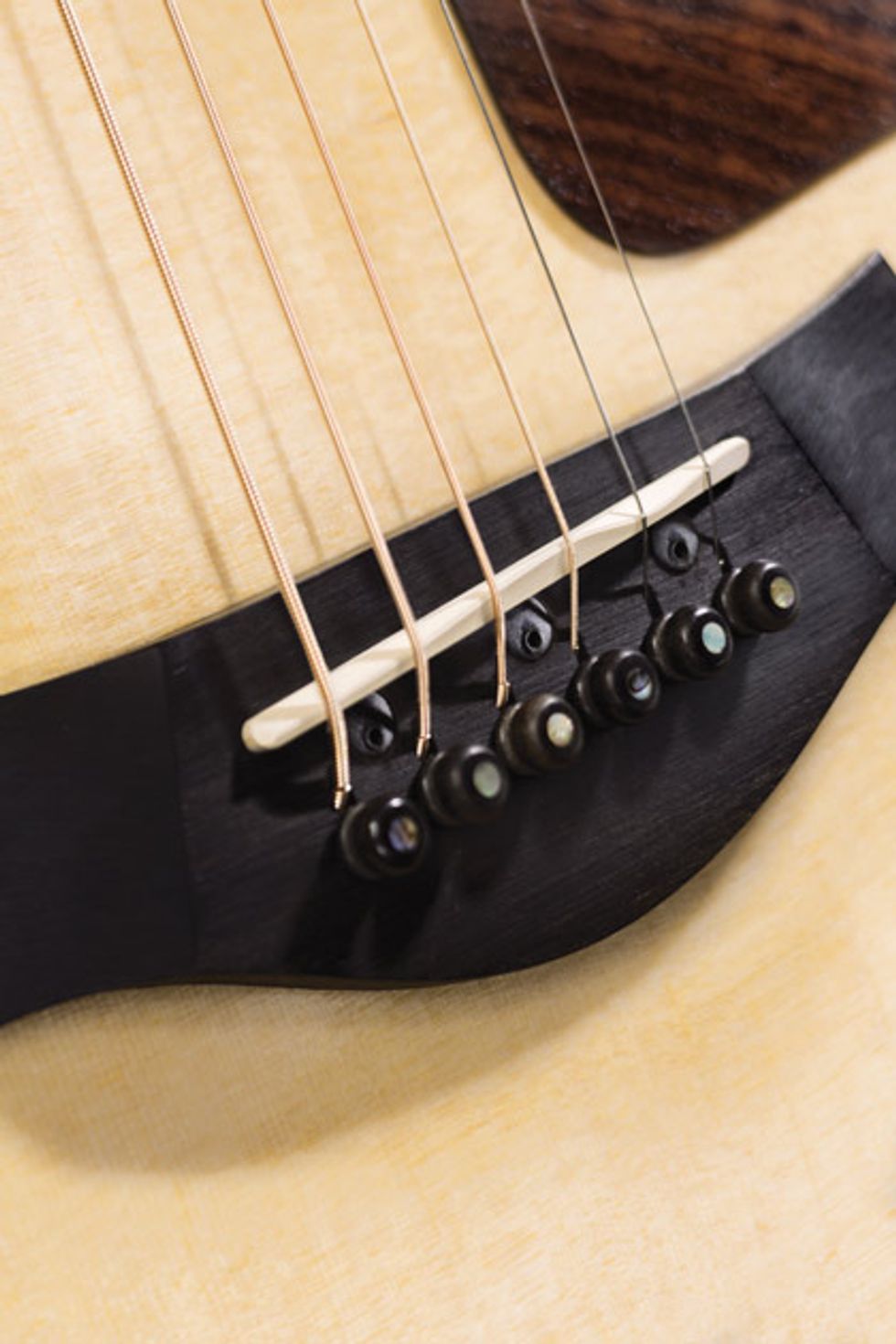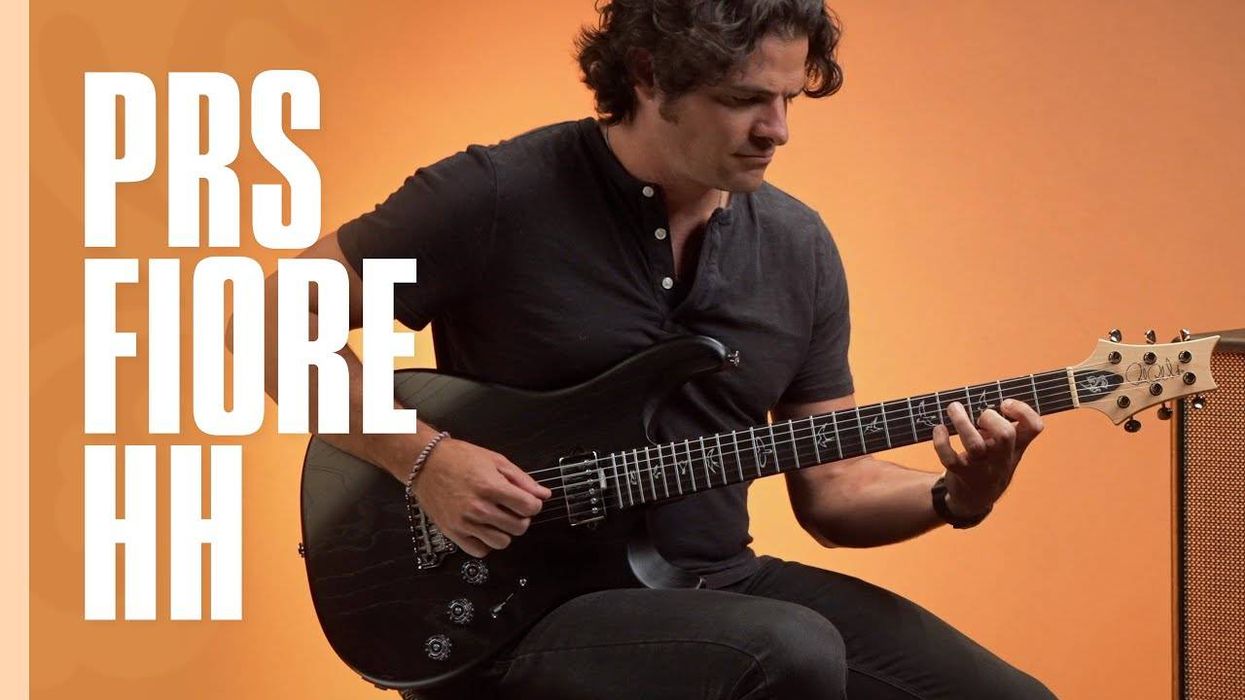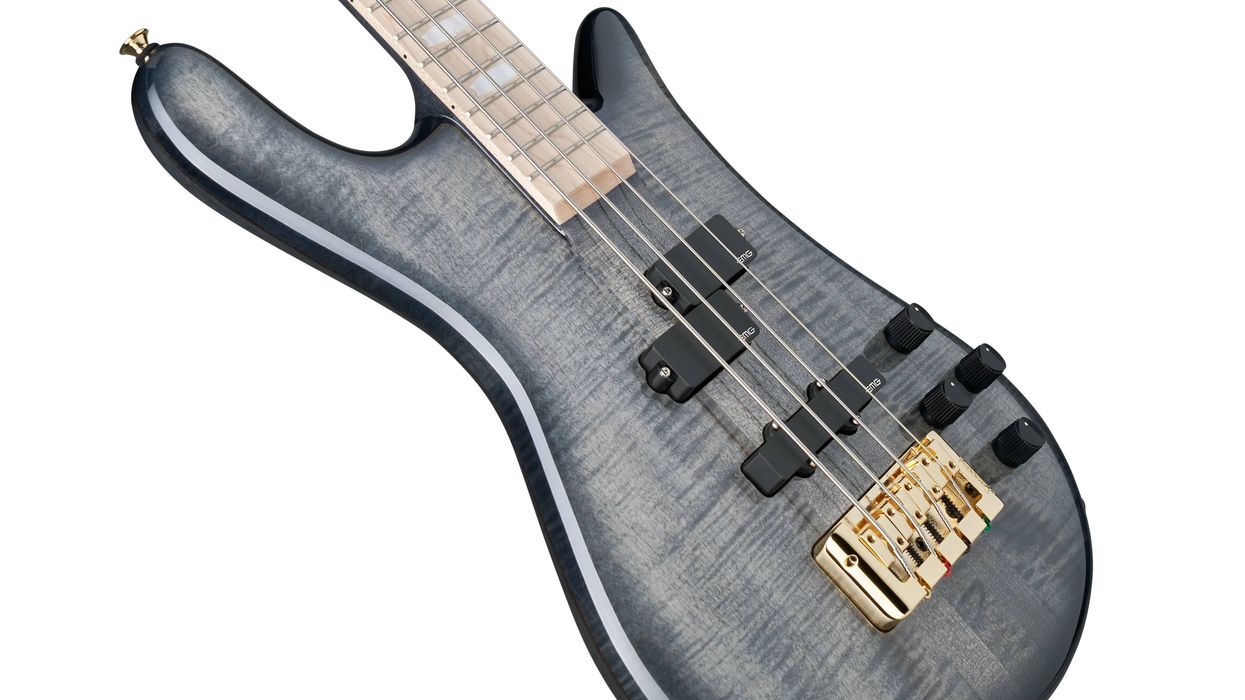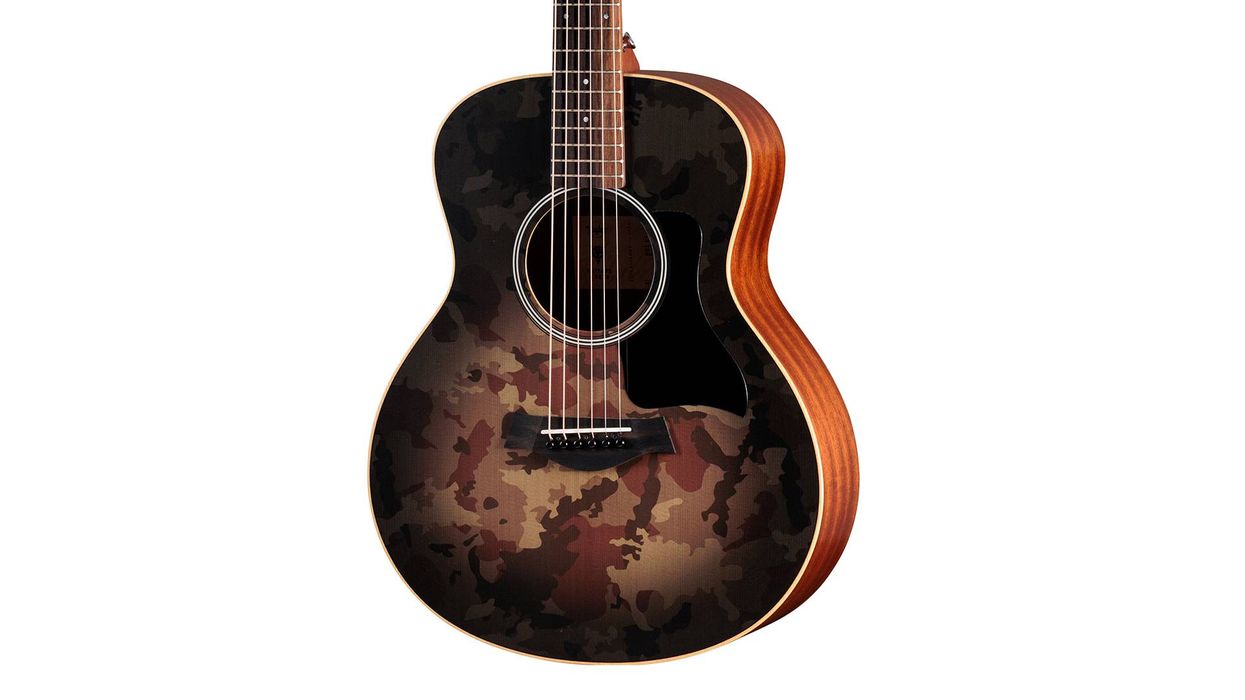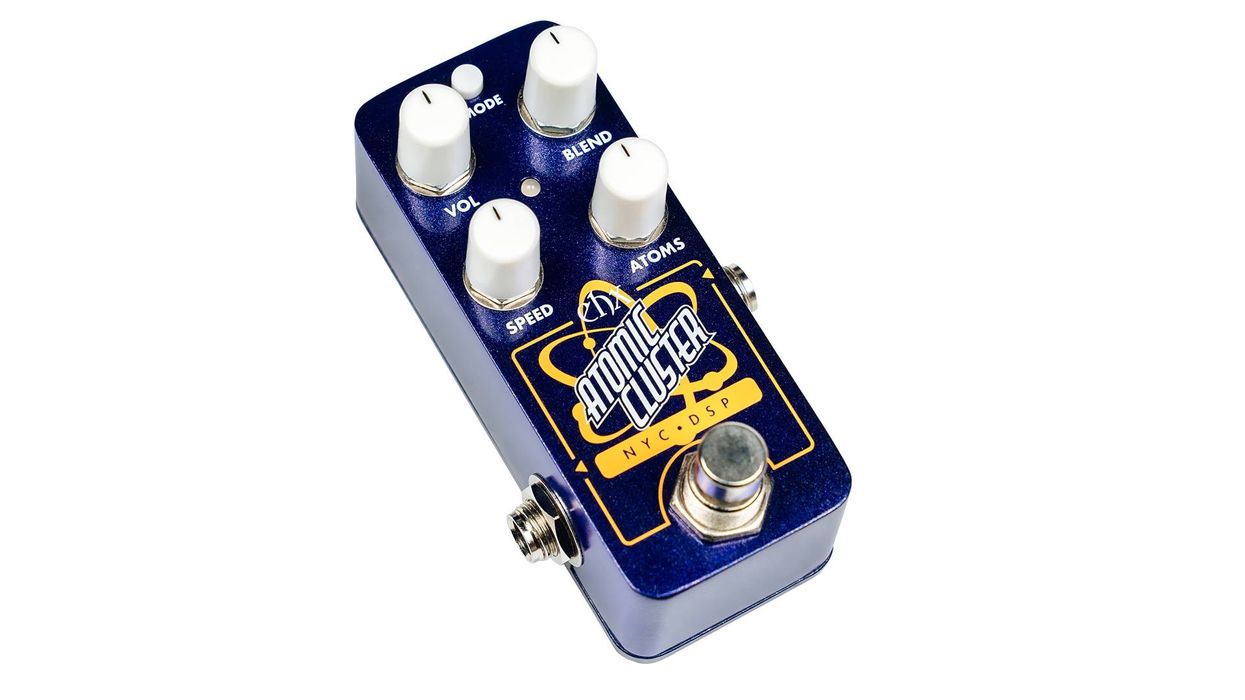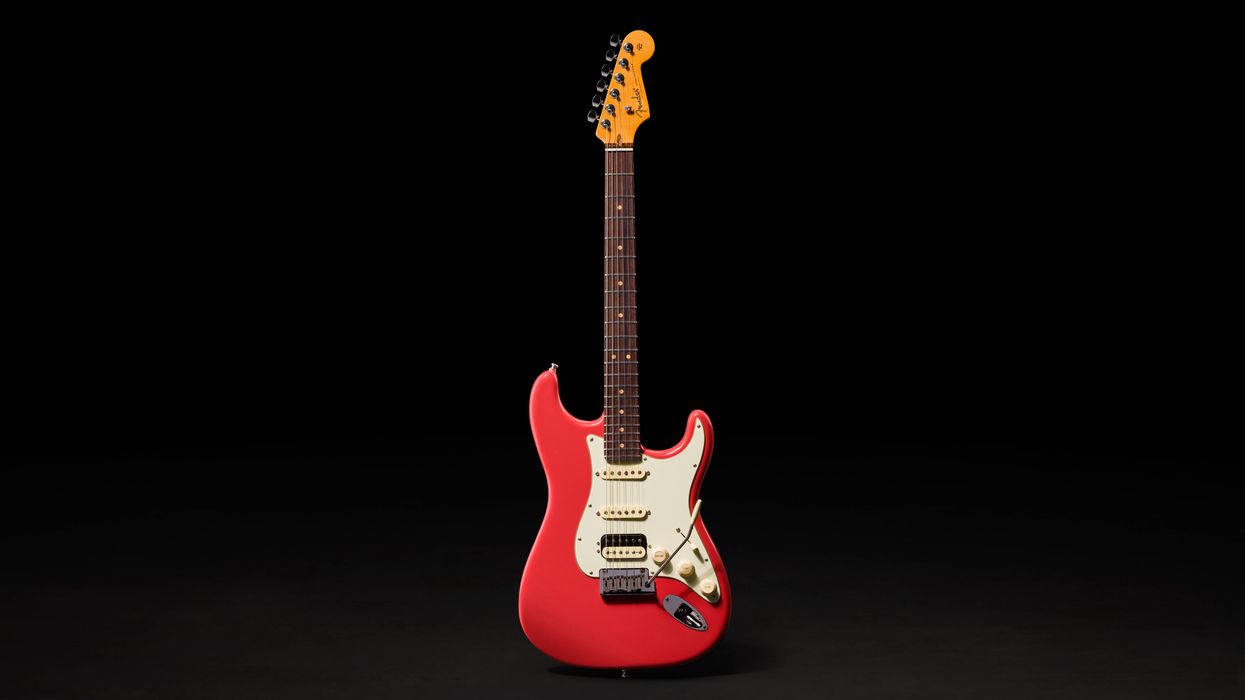Close enough for rock ’n’ roll. We’ve all heard the phrase before and have likely mumbled it ourselves while hastily tuning our guitar between songs. Tuning seems so fundamental to playing an instrument that we assume guitars can perfectly render the notes we desire. But reality disagrees, so we often find ourselves conceding to “close enough” to keep our audience from waiting. Why is it so hard to be in tune?
The basic issue is that a state of perfect tune, as we’d like to think of it, simply doesn’t exist. There are instead shades of being in and out of tune. A music professor once taught me, “There are no wrong notes, only different levels of dissonance.”
Once upon a time, tuning seemed as clear as one plus one equaling two. Notes were derived from perfect mathematical relationships. You’d start with a note and double its frequency to get an octave higher or other close fractions to yield related pitches that form our Western scales. While this math problem yields our pitches, the distance between the notes isn’t actually uniform. Interestingly, our ears tend to like it that way. When a new set of notes is derived to form a new key, the uneven gaps need to change to new locations. To eliminate this hassle, guitarists evened out the space between notes—cheating each of them a little so they didn’t seem very out of tune. This allowed guitar players to change keys without retuning or moving the frets on their instruments. But it also introduces a slight error that we can still hear in some chord shapes due to the altered mathematical relationship between notes.
Guitars and other stringed instruments present another challenge. Each time we press the string to a fret, the string stretches and makes a slightly higher pitch than we wanted. This stretch varies based on how far the string has to travel before it hits the fret, where the string is stretching, and how stiff the string is to begin with.
Looking at these factors helps us understand what guitar makers do to minimize the inherent inaccuracy of guitars. Starting with the obvious one: The closer the string is to the frets, the less it needs to stretch since it doesn’t have as far to go. In other words, low action tends to produce more accurate intonation. And where the string is stretched changes the apparent tightness. A tight string is stiffer near the ends than in the center. When the string is pressed near the guitar’s nut, the pitch-shifting effect is greater than when stretched in the center, which is somewhat negated by the string usually being closer to the frets near the nut than farther up the fretboard.
A string’s tension is determined by how long it is, the note it is tuned to, how much it weighs, and how strong the wire is. It’s interesting that the weight of the string can be controlled independently from its strength by wrapping the primary wire with another wire. The wrap wire doesn’t contribute significantly to the strength, but it adds a lot of weight. The actual strength is determined by the primary (core) wire, so bigger and stronger wire will have a greater pitch shift than small wire.
The solution to offset the rise in pitch each time a string is pressed is to shift the relative position of the frets under the strings, and this is usually done with a combination of two practices. The most obvious place to start is at the bridge end of the string. We’re all used to seeing a slanted saddle on a guitar, often with a little scoop on the 2nd string. This added active string length effectively shifts each fret’s position a little in relation to the unfretted strings. The amount each string is compensated has little to do with the string’s actual pitches. It is the result of each string’s graduated tension within the plain- or wound-string types. This is precisely why electric guitars using a plain 3rd string will have two predictable groupings of three saddle points in a line, instead of the four wound- and two plain-string groups used with most acoustic guitars. Many guitar makers will also try to account for the extra string stiffness near the nut by minutely cheating the nut’s position toward the bridge.
When we look at the factors that make a guitar play in tune, it’s a wonder we can feign an impression of true notes with all the cheating we do. When you go to play, get that guitar as close as you can. Try some harmonics, finesse the octaves a little closer, play a few chords, and then let it rip. It’s probably as close as you’ll get.
